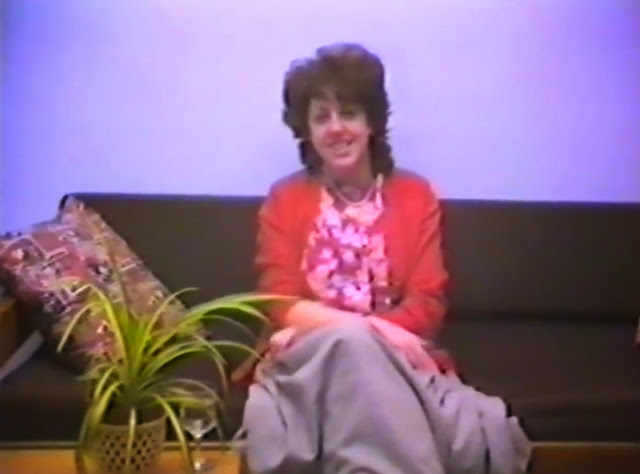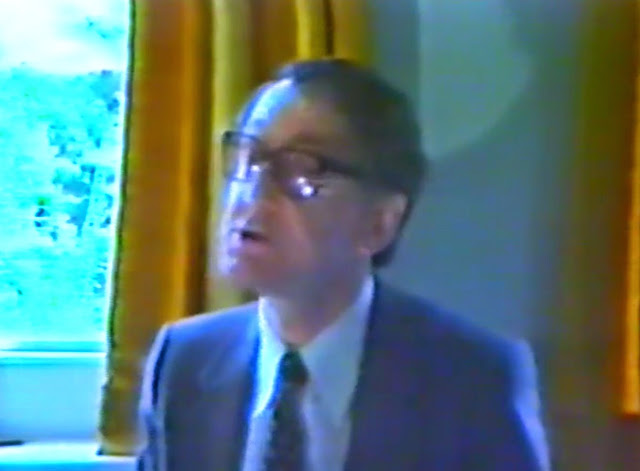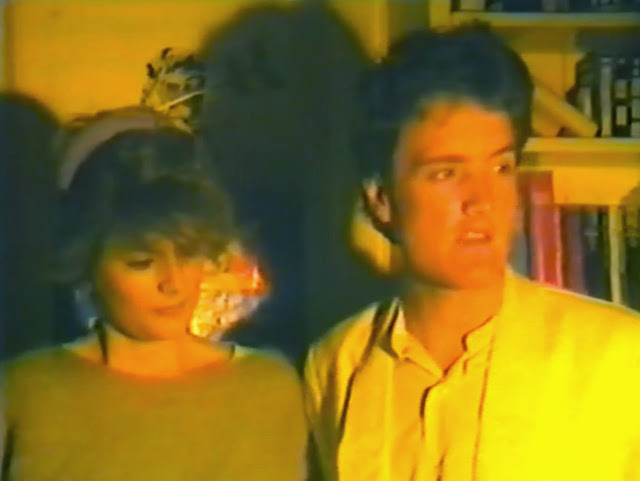Home » Corporate Social Media » Communications
Category Archives: Communications
‘Smartness’ online is the product of teamwork
Hear this …
 |
| From E-Learning V |
Fig.1 The cast of Downton Abbey.
How easy is it to put an accent to the character? Have the casting director and costume people colluded to create a class image of both face and dress? What if we turned all the accents upside down? Or is that what we are starting to see and achieve in 2014?
I caught a few moments of The X Factor last night where Cheryl (from Gateshead) had to let go of some of her singers before the live show: with one exception, and this would include all the singers in the show, there is a girl who is ‘well spoken’, one would imagine ‘upper middle class’ (if that phrase is any more or less appropriate than ‘working class’) – privately educated and at a boarding school one would presume. This girl is torn, possibly ashamed of her accent (or lack of accent). She feels it will make her less popular. These days everyone (in the media world) wants an accent that says where they came from, not an accent that says what ‘strata’ of class they are from (unless they’re going to a fancy dress party as characters from Downton Abbey). We no longer have parents who clip their children around the ear if they speak with a hard ‘a’?
Or is living with your accent something to do with self-esteem?
There was a Cambridge Professor of Ancient Music on the radio the other day who sounded very British and ‘educated’ (like the girl), except for the occasional word that hinted at something else. It turns out that until he was 23 he lived in Fresno, California. His accent transformation was almost total. Was this to blend in with the fabric of the Cambridge architecture?
I have friends who have lived in the States for 25 years: some, by my ear, are totally American, while others have barely changed their accent at all. I think it depends on what they do: the ‘English’ educated accent carries weight in academia, while the guy working in engineering has spent his career in the US getting rid of his accent and denying his culture and background.
Personally I love the richness of accents from every inch of the UK and the world: my only criteria has to be – can people understand what you are saying?
Any of us who think we can speak a foreign language can be guilty of garbling and muddling words and accents in such a way that others haven’t a clue what we are saying or meaning: I have a German friend who refuses to accept that often people haven’t a clue what she is saying as her German accent is so strong and her choice of words and word order is so like Yoda. I know that my French has, and still does if I hurry, come over the same garbled way to French people. This is why I am doing the Open University Module L120 – Ouverture: Intermediate French: to get the grammar in place, and learn to speak French as if I am writing it down perhaps? To slow down and be understood. You can still see that distracted glint in a person’s eye though when you know they aren’t really listening, but trying to figure out where you come from. Brits think I’m French. The French think I’m Belgian. My spoken English retains a hint of ‘northern’ – most of it was knocked out of me by parents and grandparents who felt it was their duty to raise kids who spoke ‘The King’s English’. Result: alienated in my home town Newcastle, and still picked out as ‘northern’ on words like ‘enough’ and ‘nothing’ … and ‘film’ (and probably many more), in the south of England.
Oxford Television News: a 1983 video-based undergraduate TV news programme
Oxford Television News: May 1918 On YouTube
 |
| From OU80s |
Fig.1. Julia Brooks, one of the presenters on this edition of OTN
Oxford Television News (OTN) presented by Julia Brooks and Su Wolowacz.
Fig. 2. Su Wolowacz presenting the Trinity Term (1983) edition of Oxford Television News
Items include voting in the Council Elections, warnings about a rapist in an alley behind St.Peter’s, OUSA education system and the abolition of the admissions exam (ratio of private to state sector was worse than 70% 30%), May Day Celebrations, the importance the CV from Mr Snow then head of OUCAS, a Student Union Committee meeting, reported Stephen Howard reviewing Andrew Sullivan’s term (Trinity) as the Oxford Union President, Balliol College Music Society 1500th Concert (interviewed those who attended). Then set to music clips fro the Oxford & Cambridge Ski trip to Wengen. Clips from Abigail’s Party, directed by Anthony Geffen. The Roaring Boys. Matthew Faulk and Alex Ogilvie acting out a scene from ‘The Labours of Hercules Sproat’ and finally Jonathan Vernon doing a mime.
 |
| Fig.From OU80s |
Fig.3. Students interviewed on the local elections.
 |
| From OU80s |
Fig. 4. Mr Snow of Oxford University Careers Service giving advice
 |
| From OU80s |
Fig. 5 Stephen Hellwen reviews the Oxford Union Debating Society under the presidency of Andrew Sullivan
 |
| From OU80s |
Fig. 6 Richard Davey, First Year History Student at Balliol College and other Balliol undergraduates interviewed about the 1500th Balliol Musical Society Concert that included a performance by Yehudi Menuhin.
Production Credits
Presenters:
Julia Brooks
Su Wolowacz
Stephen Hellwen
Advertising
George Monbiot
Belinda Brown
Matthew Grayson
Production
Pete Collins
Ian Conway
Alan Jay
Editor
Jonathan Vernon
Director
Mike Upton
An OTN Production
Don’t make it easy
Fig. 1 Some ideas from the Ivan Chermayeff ‘Cut and Paste’ exhibition at the De La Warr, Bexhill
As photography isn’t allowed instead of moving from the gallery with my iPhone or camera clicking at everything and anything that caught my eye I was obliged to get out a sketch pad. Just as Ivan Chermayeff says in a exhibition video ‘most people don’t know how to see’.
We risk making everything too easy with e-learning: photos, screengrabs, instant research, transcripts of video, video as audio only or highlights or summaries thanks to others.
The above ideas were for:
a) A School of Visual Arts talk he was giving with a colleague
b) Arthritis – with letters torn from a type font catalogue and jumbled around
c) Mother and Child in modern art – a signal Magritte or Matisse like cut out.
What I would have missed entirely, and I do it no justice here, is a collage of tickets and seating allocation to the inauguration of John F Kennedy on the 20th January 1961. (Before my time, I’d been conceived a few weeks before at a New Year’s Eve party. Not even I can remember that far back).
Fig.2 Sketch of an Ivan Chermayeff collage/poster using bits and pieces from attendance at the inaugurations of US President J F Kennedy
Ivan Chermayeff ‘Cut and Paste’ @ the De La Warr, Bexhill.
Fig.1 Ivan Chermeyff – interviewed on his life in design
The pleasure from every exhibition I attend at the De La Warr is that they are modest in scope and ambition, engaging and inspiring without being overwhelming and curated in a way that gives you, other visitors, the art works and other parefenalia ample space.
The centre piece for IVan Chermayeff “Cut and Paste’ is for me the short, professionally executed, warming video biography in which Chermayeff gives a potted history of his life, influences and work; about as much as you’d cover in an episode of ‘Desert Island’ discs, though here, instead of music, you can then wonder off and look at examples of his work, works in progress and playfulness.
No transcript is offered so here are some excerpts and bullet points from mine.
Interviewed on two cameras Ivan Chermayeff waxes lyrical, the chronology from childhood and ealy influences, through art school and his early graphic design business, family and beyond; he’s in his eighties. His father emigrated to the US in the 1930s or 1940s I guess from the UK.
“For me inspiration is everywhere; I find it everywhere. I make a lot of visual connections by keeping my eyes and mind open to everything I see. It leads a lot into my design”.
His father architect as the biggest inspiration
“No matter what garbage at the age four, or making messes, he would always say that it was really great. And that was true of everything I did, no matter what. Instead of stopping you doing what you were doing because you wanted to make your old manhappy”.
His father he describes as both an educator and a self-taught architect.
Free spirited and supported. Moved everywhere.
Went to a lot of schools. 24. Andover (four years).
Allowed to do it in a free and open way.
Got to Harvard
Took any classes across the university.
Then
Design School, Chicago
Like a workshop of a school
Experimenting with design problems.
I then spent seven years recovering from my education
Trying to define what design meant
Design is all about seeing
You’ve got to learn how to see
You’ve got to make connections that are not necessarily obvious
“Be interested in training yourself to look around, to notice connections, such as a small colour connection, or the tinniest thing that brings two things together”.
Everybody who I find inspiring are artists who make great connections.
Iko Tannaka – Japanese Designer
We just liked what the other one was doing
Nice to have an inward connection with someone
Recognise that it is worth looking at.
I can’t sit still, so I’m always making things, so I make collages. I just prefer scissors to brushes.
Paul And
Don’t try to be original, just try to be good.
I never do anything that I didm’ think was damned good.
Work Ethic
Completely open understanding that we can contribute to what the other is doing at his desk.
Half the time a company doesn’t tell you what it wants accurately, you have to redefine what it is they want … and turn it into reality.
it can be as simple as finding a relationship between two letters in the alphabet or typeface that are original or say something.
Graphic design is all about audience after all … convince your client … they don’t tell you adequately what it is all about. If they were capable of do that they’d do it all themselves.
MOBIL
Held up extremely well
Business confirmation that we did a good job.
“I have intention of retiring ever”.
The video was created and produced by executive Producers
Ignacious Oearmun
Evee Kornblum
and directed by
Rick Boyko
Web Networks – from the micro to the macro
We are each unique – our brains make us so. At the microlevel the network in our heads is then tickled out into the the Web in, at first. the simplest of ways. Our first post, our first comment is that first baby-step. Unlike our firsf steps though, online everything we do is saved, is monitored, is shared. It takes on a life of its own. Multiplied billions of times now many millions of us have learnt to crawl, then walk, then run online. As we are virtual we can split into many versions or parts of ourselves too – the professional and private the immediate split, but then into hobby groups and as here, a study group. The network of networks is a living thing that mathematics can help to weight and categorize, even to visualise, but crucially – the point made here, humanising the maths requires the insight of someone asking questions, seeking to interpret what it taking place. I see currents in a digital ocean that transpires into a cloud that then precipitates digital artefacts in a myriad of other places. Others, like Yrjo Engegstrom, see the growing tendrils of a funghi. Either way it is fascinating to condense, simplify and sharing the thinking.






